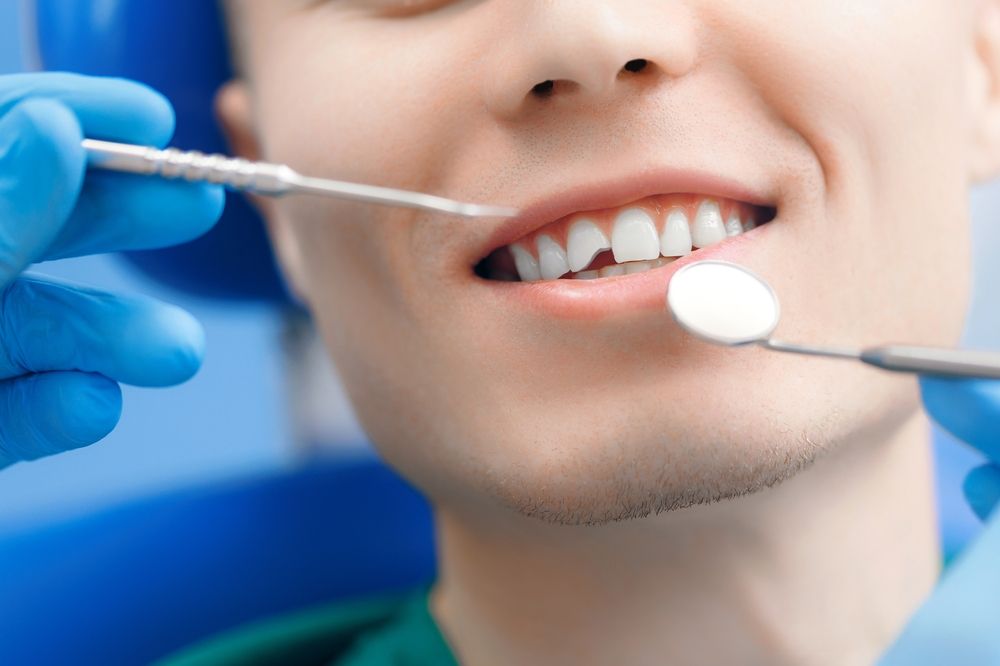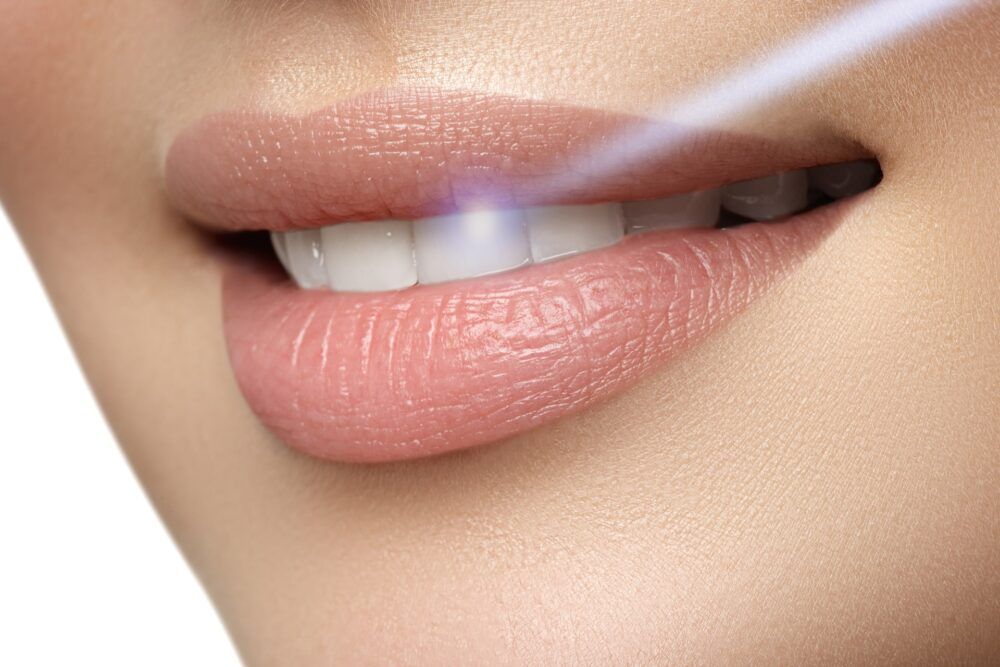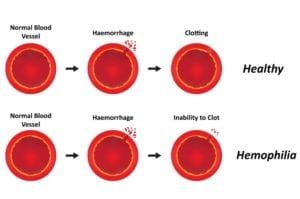Many people think of Temporomandibular Joint Disorder, or TMD, as a disorder that affects only the jaw. Modern wisdom places it as indicating an imbalance that affects the whole body. The specific origin of TMD is challenging to determine. The symptoms that occur have been tied to multiple sources, including genetics, misalignment of posture, and injury. There are even instances of this disorder that have been tied to neurological sources. One thing is sure; as a musculoskeletal disorder, it represents a misalignment in the whole body.
What We Know About Temporomandibular Joint Disorder
These misalignments can be the result of chronic conditions such as bad posture. They can also be the result of acute injuries, such as trauma from a car accident. As our body goes through the process of attempting to restore stability, different pathologies can occur. Sore backs are often the result of muscle tension on the cervical spine. This stabilization process can also include the muscles in the jaw involved with chewing. While these adaptive changes can compensate for the misalignment, other consequences can result.
The stomatognathic system of our body includes our teeth, jawbones, and masticatory (chewing) muscles. This system makes up the upper portion of our musculoskeletal system. It aids with the support and movement of our whole body. The line of gravity aids in supporting this system when everything is in alignment. Well-balanced muscles also play an essential role in allowing this system to perform its functions.
Symptoms indicating TMD can include:
- Morning or late afternoon soreness or discomfort in the jaw
- Headaches
- Pain that spreads through the neck, shoulder, back, or behind the eyes.
- Ringing in the ear or ear aches not caused by infection
- Popping or clicking in the jaw
- Impaired mobility in the mouth
- Teeth grinding or clenching
- Vertigo or dizziness
- Teeth that are sensitive to temperature without oral health disease present
- Tingling or numbness in the fingers
- Changes in your bite involving the improper connection of the upper and lower jaw
Some of these symptoms may come as a surprise to you, such as the tingling of the fingers. The Temporomandibular Joint is one of the body’s most complex joints. As it comes out of alignment, it can affect multiple systems. This extensive range of effects is why symptoms can occur in seemingly unrelated areas of the body. Speaking to your dentist can provide the aid you need.
Treatment Options For Temporomandibular Joint Disorder
The first stage in treating TMD is determining the underlying causes. As part of this process, your dentist will check multiple points. Your dentist will check your mouth’s range of motion. They will listen for any noises as you open and close your mouth and check for pain sites in and around your jaw. Dental imaging may be used, including X-rays, MRI, and CT scans. This process will determine the potential treatments that are appropriate for your case. Your dentist will speak to you about the specific treatment options that are appropriate for your TMD. The good news is that most cases of TMD are temporary and treatable without surgery.











































































































































































































































































































